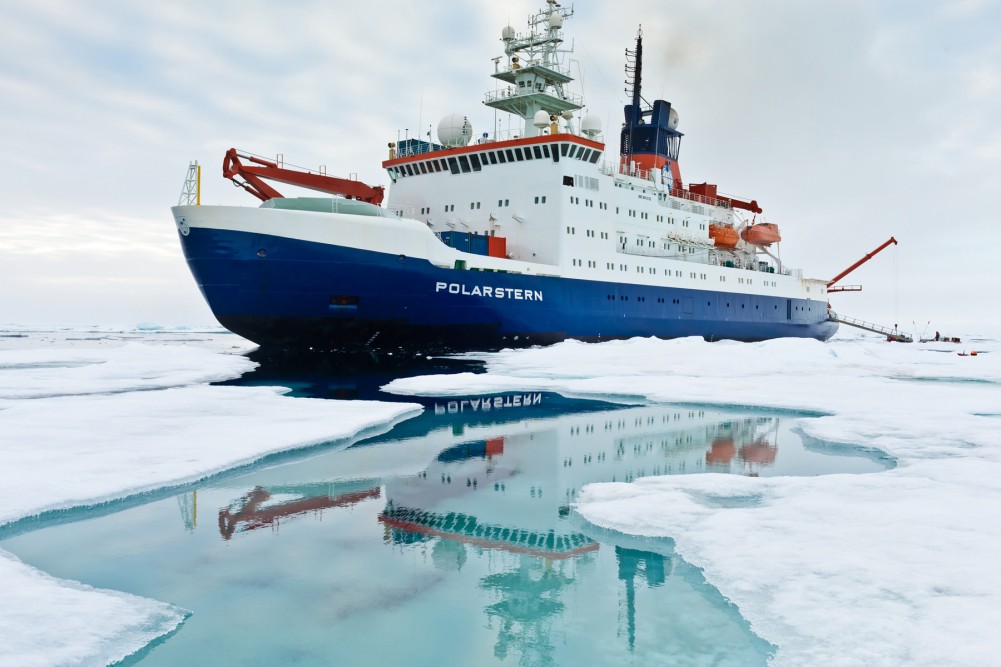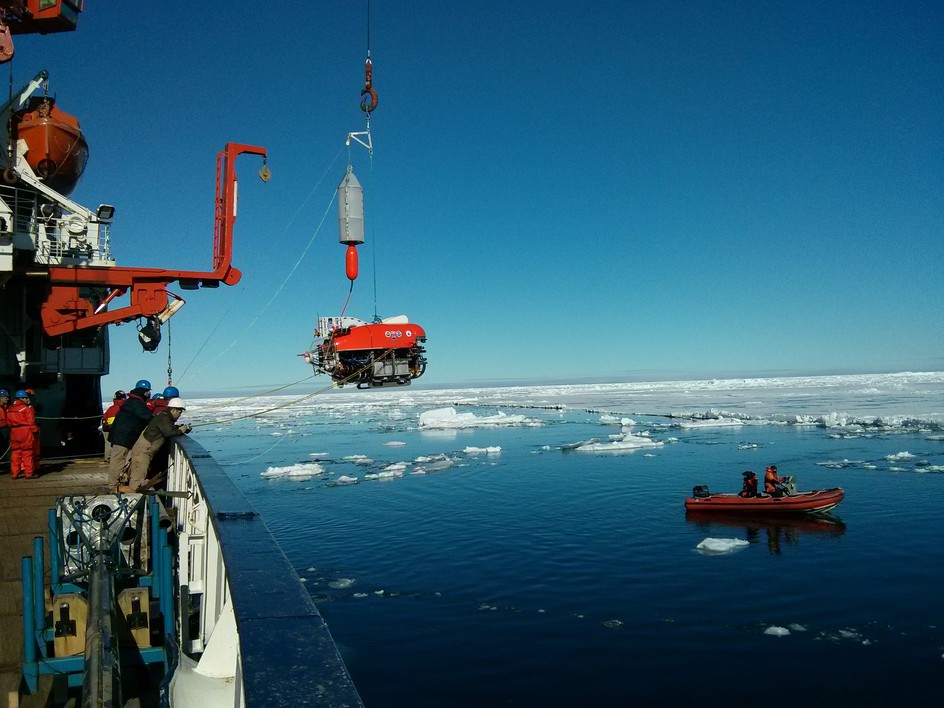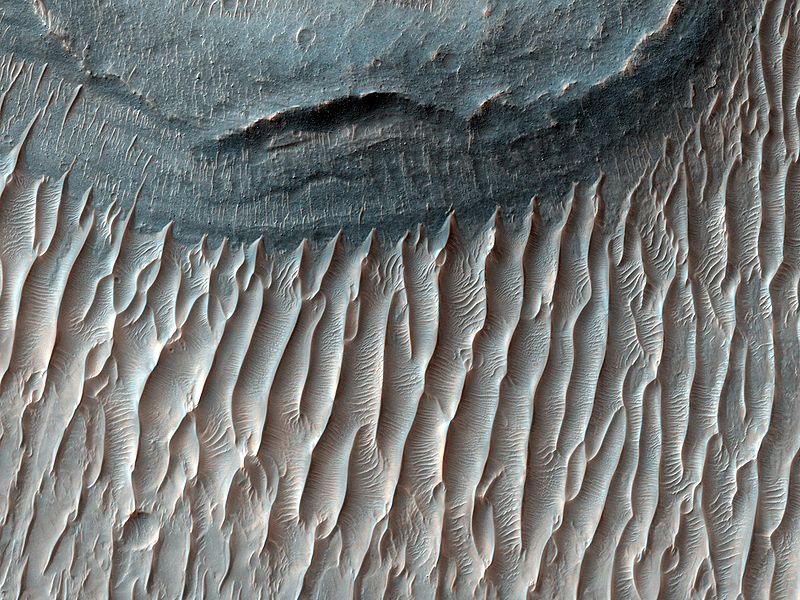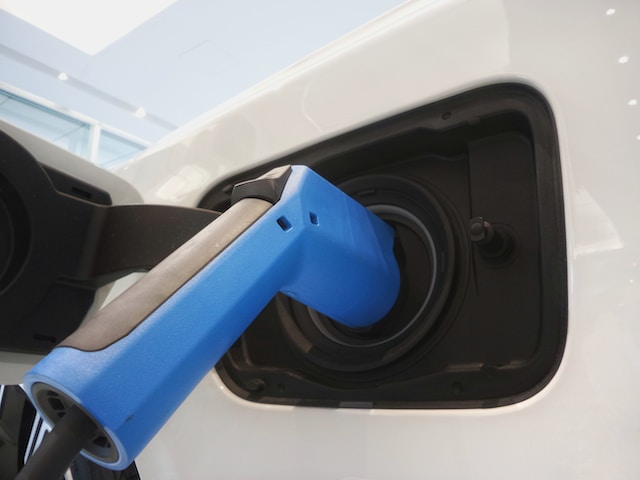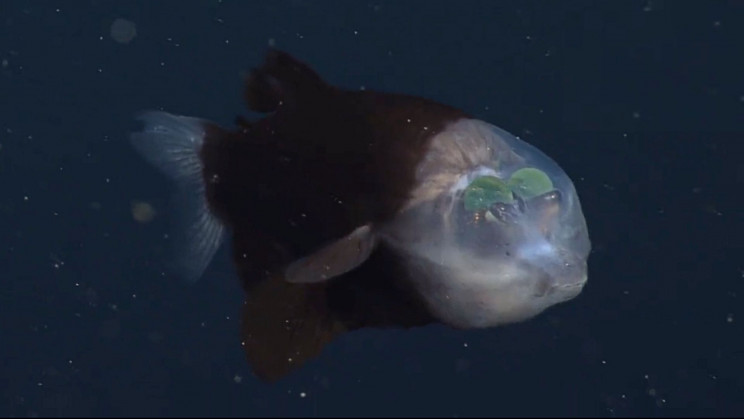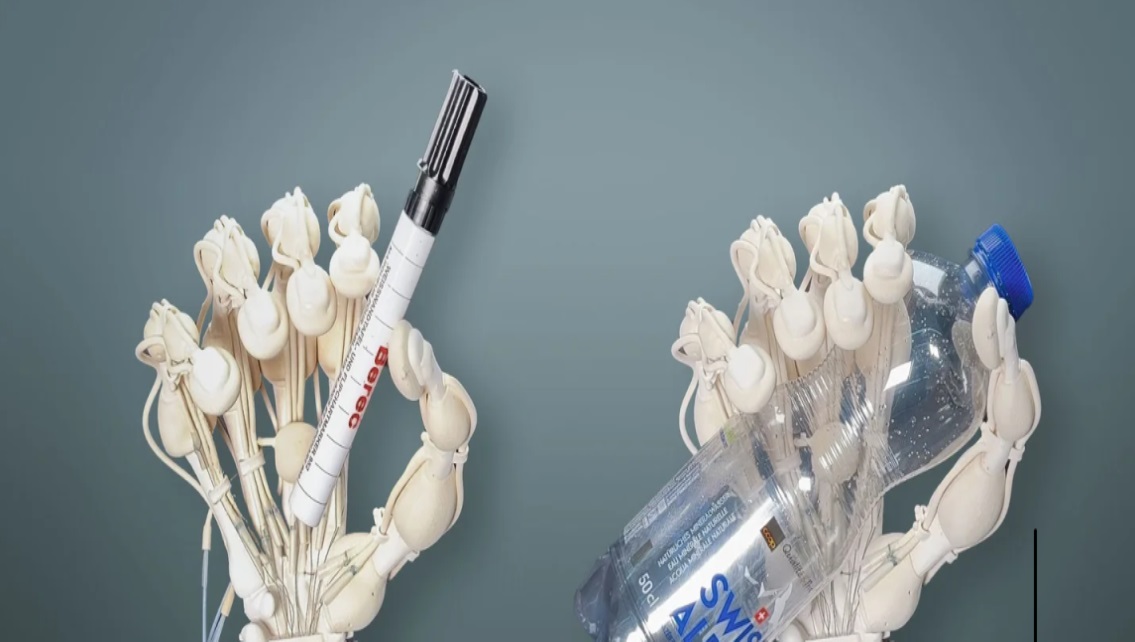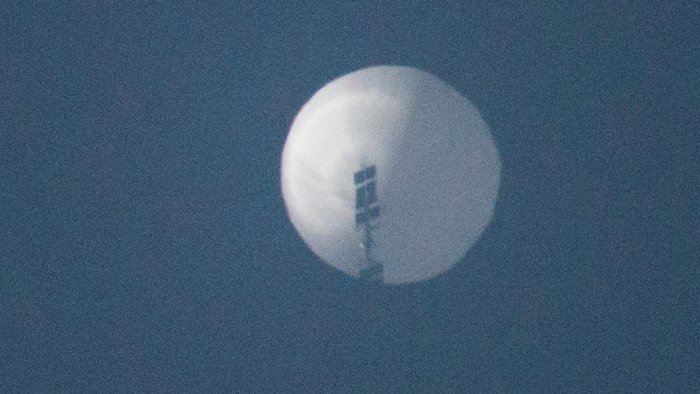Over 12% of the globe’s ocean surface is covered with ice. With rapidly warming waters, there is an acute need for scientific exploration to understand what is happening in the world’s icy oceans. But scientific research in these areas is difficult: Icy oceans have unique qualities and demonstrate unique physical processes, ecosystems, and dynamics that must be understood if we ever hope to get a handle on climate change.
The best way to explore these environments is using autonomous underwater robots or vehicles (AUVs) and gliders such as the Nereid Under-Ice (NUI) vehicle, developed at the Woods Hole Oceanographic Institution. What is needed and delivered by NUI is a continual human telepresence under ice-covered oceans.
According to Alfred Wegener of the Institute Helmholtz Center for Polar and Marine Research, “there are no other adequate methods available to science at this time: Satellites cannot see through ice, and research vessels stir up the under-ice environment. The robot NUI is a real innovation in this regard. It allows us to extend our senses into this fascinating extreme habitat: the cytosphere. It provides impressions and data from an area that could be completely different in a few decades from now.”
Technical Hurdles Overcome
Thanks to NUI, some of the inherent difficulties of under-ice exploration are being overcome. For example, global positioning systems (GPS) do not work underwater, making navigation difficult. In the place of GPS, scientists have been using navigation and localization algorithms and acoustic positioning to determine a vehicle’s positioning with respect to objects, including icebergs and the seafloor.
But NUI is a breakthrough because it allows scientists to be on board as AUVs go about its work. Scientists believe that AUVs like NUI will begin to provide data that can be used to better understand what’s happening in the oceans, with the ice sheets, and help them better formulate policy responses.

